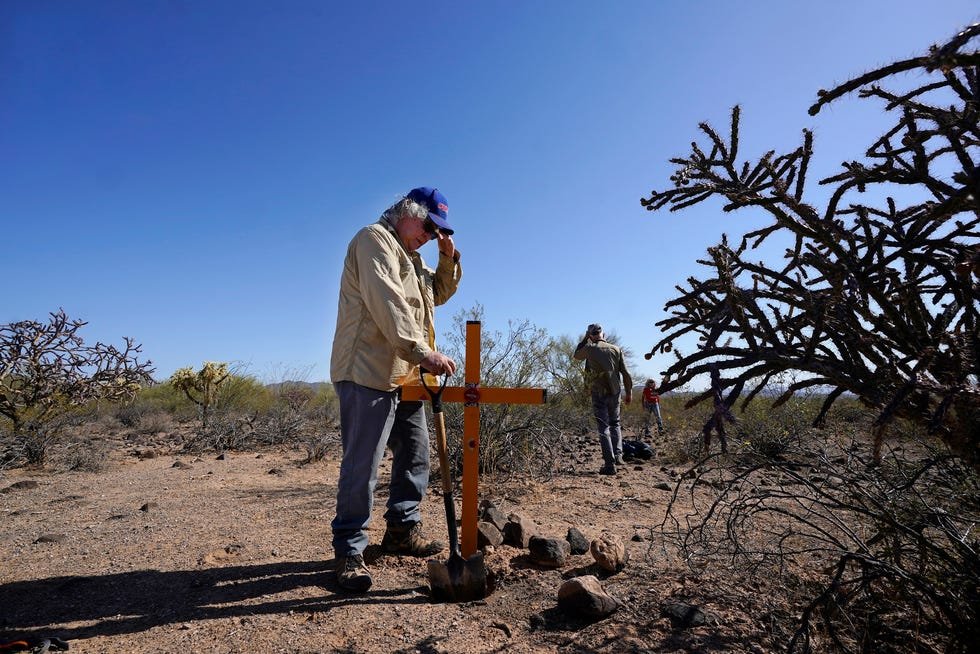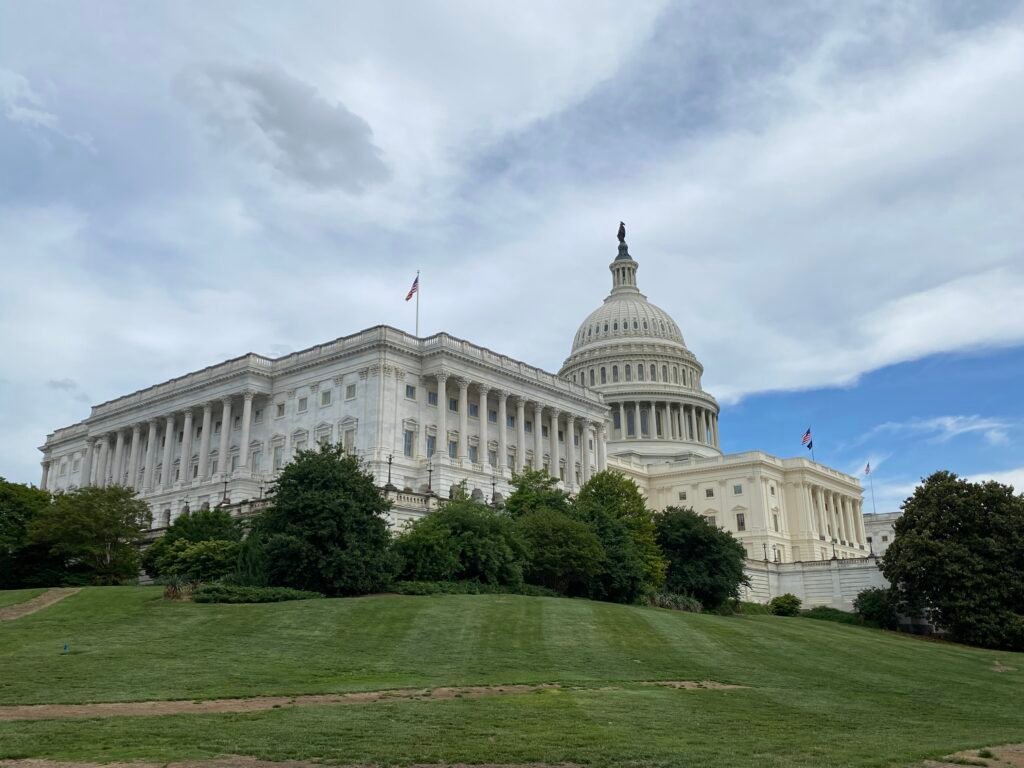A 9-year-old immigrant boy died last month of heat-related complications in Mesa after crossing the Arizona-Mexico border with his family.
The boy died June 17 from exposure to environmental heat and hyperthermia, an overheating of the body, according to the Maricopa County coroner’s office. The boy began having seizures after hours of trekking in the scorching southern Arizona desert and was diagnosed with multiple organ failure.
The boy’s death was not an isolated incident.
Migrant deaths in the desert take center stage in the summer, a deadly problem that has been raging for decades.
Over the past two decades, the deserts of southern Arizona have claimed the lives of thousands of immigrants. Rising temperatures due to climate change are expected to make the situation even worse.
Rising heat and temperatures affect immigration deaths, but researchers say they are just a few of the factors influencing overall trends.Required physical exercise The hardship immigrants have to experience due to changes in US immigration policy also contributes to the number of heat-related immigrant deaths.
Brad Jones, a Tucson-based volunteer and professor of political science at the University of California, Davis, said deterrence policies and physical infrastructure such as walls and barriers can’t stop people from trying to travel to the United States. Stated. Nonprofit organization Humane Borders.
Jones said immigrants will continue to feel compelled to travel unless the push factors in their home countries change. But policies and barriers will take them down an even more dangerous path.
“It’s just a recipe for death,” Jones said. “It just makes the journey more difficult.”

Advocates describe the tragic pattern as “slow-motion genocide.”
At least 53 immigrant bodies have been found in Arizona so far this year, according to reports. Arizona OpenGIS Initiativein collaboration with the Pima County Coroner’s Office and the nonprofit Humane Borders.
In 2022, 174 bodies were recovered, and in 2021, 225 were found.
“Slow motion genocide”:Arizona-based group and two-year search for immigrant bodies
Deadly heat and conditions at the southern border killed 10 people one weekend in July, according to U.S. Border Patrol Chief Jason Owens. tweeted He wrote that 45 other people were rescued over the same weekend.
Previously, 13 immigrants had died. recovered Owens tweeted on July 5 in just over a week by Border Patrol. Authorities recorded 226 heat-related rescues during the week.
“USBP continues to view dehydration as the leading cause of rescues and deaths we encounter,” Owens wrote on Twitter. “Extreme temperatures are a serious concern, especially during the summer.”

As of June 29, border agents found 103 migrants dead from heat exposure. documented So far in 2023, there have been 5,091 heatstroke-related rescues, according to former Border Patrol Chief Raul Ortiz.
“The thing that keeps me awake at night is thinking about all the people who died and have not been found. There must be thousands of them,” Jones said.
Arizona heat wave:Is This The Worst Heat Wave In Phoenix History? What You Need To Know
The latest string of immigrant deaths comes amid record-breaking heatwaves across Arizona, with Tucson’s excessive heat on July 9 breaking a record that lasted nearly seven days. A heat warning was recorded. A scorching heat wave hits Arizona and the Southwest, potentially making it the worst on record.
“We know that there is a very close relationship between climate, weather conditions, ambient conditions and the likelihood of death,” says Jones.
According to the Pima County Coroner’s Office, historically June and July are the months with the highest number of recoveries on average.
Paige Korich Clyme, a volunteer with the Tucson-based humanitarian organization No More Deaths, said the number of migrant bodies recovered by the organization is increasing. Korich-Clim said the group recently recorded five retrievers in corridors operating near Ajo and Arivaka.
No More Deaths volunteers found the migrant’s body on July 9 and notified the person’s family.
“These are just known deaths, and there are many more who have gone missing in the desert and have not been found,” said Corlich Kleim.
Korich Kleim added that recovery rates have increased over the last few years.
The number of migrant bodies found each year is documented by the date of discovery, which can be days, weeks, months, or years after the date of death.
According to the Pima County Coroner’s Office, the numbers have been adjusted to reflect remains found months or years apart and later identified as belonging to the same person.
According to one report, increased border security and policy changes over the past two decades have reduced the number of migrant bodies recovered, given that more migrants cross the border through more remote and dangerous areas to avoid detection. “may have contributed” to 2021 report By the University of Arizona Institute for Bilateral Immigration.
This trend can be traced back to the 1990s, when Border Patrol first implemented a “prevention through deterrence” policy. The policy was intended to encourage illegal immigrants to cross the border through more remote and dangerous areas rather than through urban centers such as Tijuana-San Diego and Juarez-El Paso.
“What happens with over-enforcement is that asylum seekers and migrants are only taking more risks, and taking more risks means entering less liveable areas.” said Mr Jones.

Border guards believed it would be strategically advantageous to arrest immigrants in remote, desert areas.
According to one report, certain policy decisions lead to long-term exposure, with immigrants experiencing cumulative stress due to factors such as travel difficulties and distance traveled. Survey June 2023.
The increasing number of migrant bodies found each year is not due to more migrants crossing the Arizona-Mexico border. The 2021 report found that the rate of recovered migrant bodies has increased significantly despite a reduction in border unrest.
Got news tips or story ideas about the border and its communities? josecastaneda@arizonarepublic.com Or connect with him on Twitter @joseicastaneda.
















